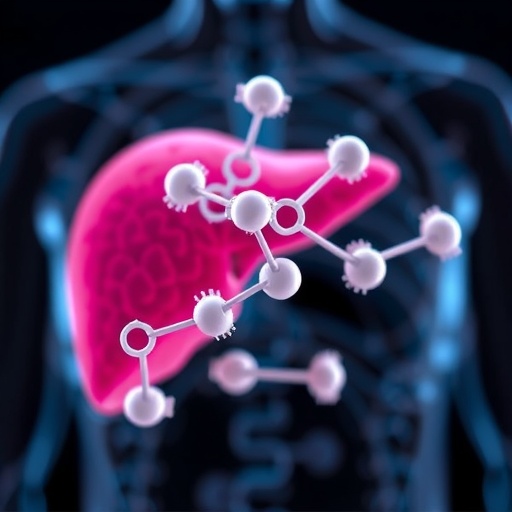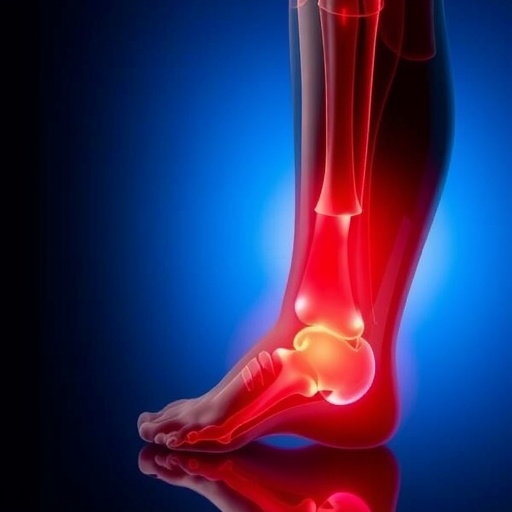Issues were identified in Black communities and in areas with food insecurity in West Virginia

Credit: WVU Photo
In studying COVID-19 testing and positivity rates in West Virginia between March and September 2020, West Virginia University researchers found disparities among Black residents and residents experiencing food insecurity.
Specifically, the researchers found communities with a higher Black population had testing rates six times lower than the state average, which they argue could potentially obscure prevalence estimates. They also found that areas associated with food insecurity had higher levels of testing and a higher rate of positivity.
“This could mean that public health officials are targeting predominately rural areas to keep tabs on how the pandemic will unfold in isolated communities within higher food insecurity,” said Brian Hendricks, a research assistant professor with the West Virginia University School of Public Health’s Department of Epidemiology and Biostatistics.
Hendricks said a unique element of this research is the Census-level data. While there are 55 counties in West Virginia, there are 484 Census tracts, which allowed the researchers to hone in on individual communities, almost on a scale of 1 to 100. This allowed researchers to compare testing and positivity rates with demographic data such as income level, sex, race, etc. “This is community-level modeling,” Hendricks said. “We’re doing something at a very granular level. Most modeling is at a county-level or above.”
Among tracts included in the spatial analysis, Hendricks and his team identified 14 Census tracts which had among the state’s highest percent Black/African American populations and testing disparities (defined as one or less tests per 1,000 people), contained within the cities of Fairmont, Wheeling, Bluefield, Beckley, Huntington, Dunbar and Charleston. These findings are in line with the study’s overall findings of more testing occurring in higher food insecure locations with lower percent of the population identifying as Black/African American.
Hendricks said the team wanted to look at rurality and racial disparities, as adverse impacts of socio-economic and racial inequalities are oftentimes worsened in rural areas. Rural communities often have less access to healthcare, higher levels of food insecurity and poverty, and observe overall higher prevalence of pre-existing conditions, which can impact severity of COVID-19 infection.
The researchers incorporated a measure called the area deprivation index, which is essentially a scoring comprised of 17 socio-economic indicators, which indicates the extent which a community is vulnerable compared to other communities in the state. In addition to income, the measure controls for percent blue collar workers, household crowding, households with plumbing and transportation, and etc.
Before the vaccine was readily available, social distancing was the major defense against the virus.
“However, not all communities can socially distance equally,” Hendricks said. “That was the motivating fire behind this paper — where are these disparities?”
Recognizing this issue early in the pandemic, the West Virginia National Guard, the West Virginia Department of Health and Human Resources, and local health departments began holding targeted testing events. A COVID-19 Advisory Commission on African American Disparities was also formed.
While rural Black/African Americans have historically utilized health care at lower rates than their white counterparts due to medical mistrust, access to care, and a myriad of other factors, the article concludes by stating further research is needed to determine the underlying barriers restricting coronavirus testing among Black communities, and to better understand the role food insecurity in isolated areas has on risk of COVID-19 infection.
“This paper is making traction, already informing what do we do next,” Hendricks said. For example, a subsequent grant was awarded which focused on putting more testing in vulnerable communities.
###
The article, which was published in the Annals of Epidemiology, was co-authored by Rajib Paul, an associate professor of biostatistics at the University of North Carolina Charlotte; Cassie Smith, a student in the Master of Public Health program; Sijin Wen, an associate professor in the WVU School of Public Health; Wes Kimble, Director of Research Data Analytics at the West Virginia Clinical and Translational Science Institute; Ayne Amjad, State Health Officer for the WV DHHR and a graduate of the WVU School of Public Health; Amy Atkins, Director of the Office of Epidemiology and Prevention Services with the WV DHHR; and Sally Hodder, Associate Vice President for Clinical & Translational Science and Director of WVCTSI.
This work was supported in part by the National Institute of General Medical Sciences WV CTSI grant U54GM10942.
Media Contact
Nikky Luna
[email protected]
Original Source
https:/





